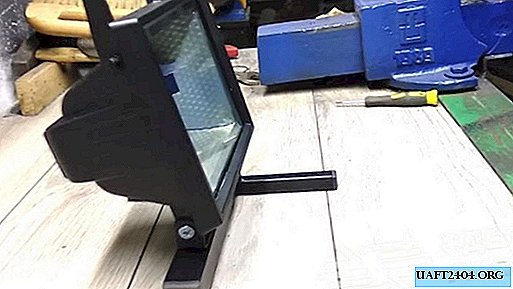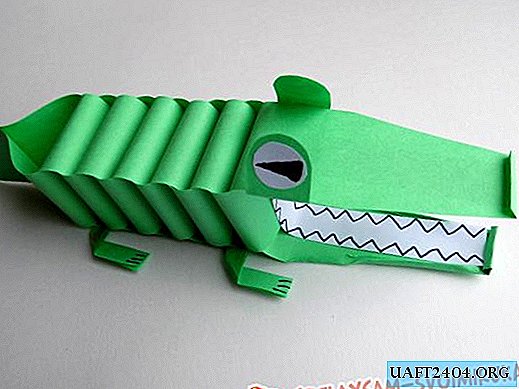Share
Pin
Tweet
Send
Share
Send
And I like to sew more from flap. Products are obtained more original, interesting and unique than those sewn from ordinary measured fabrics.

So now, having accumulated several stripes of curtain satin, I decided to sew a new bedspread for my large bed. I bought these strips in the studio for a small amount. They are long, smooth, but of different widths. The color and texture of the fabrics is also different.
In addition to strips of fabric, you will also need:
- ruler, chalk, scissors, needles for cleaving fabrics;
- threads to match the main color of the fabrics (I have more beige, so the threads are the same);
- sewing machine, overlock, iron.

Another great desire and 5 hours. Since the flap is already cut, it is almost not necessary to cut it. Time will be spent only on sewing.
I have a bed measuring 160 by 200 cm (or 1.6 by 2.0 meters). The cover should be larger so that it hangs on the edges on three sides, except the one where the headboard is, and hide the mattress with the bed.
Sewing the cover could be easier by arranging the strips simply along the length. But it would not be so beautiful and fun. I also have stripes of fabric of different lengths. Therefore, I decided to place them on the bedspread diagonally. To begin with, I cut a rectangular triangle from equal stripes with equal sides.



A strip of fabric was sewn to the long side of this triangle (it is called hypotenuse, if you recall the geometry). Before sewing, this strip must be attached so that a square remains at the edge, the sides of which are equal to the width of the sewn strip. If the strip of fabric I have is 23 cm wide, then you need to leave a square whose sides are 23 cm. On the other side of the fabric there should be a piece no less than the width of this square. If there is more, that's okay.




After sewing on the strip, I cut the fabric from both edges. The same square was folded diagonally by a triangle and this triangle was cut off. The same thing was done on the other side of the strip. That is, a right triangle should always be obtained. It’s just that, with the stitching of each next strip of fabric, it should increase. When cutting, you need to be careful not to cut the triangle in the wrong direction.
In the same way, I sew and cut the corners of the following strips.
When the sides of the triangle have reached a size of 220 cm (this will be the width of the bedspread), cut off the strip so that it produces a right angle (as in the diagram).



Next, you need to sew the strips until the other side reaches a length of 240 cm. I only needed one strip. I also cut the fabric so that a right angle is obtained.



I sew the stripes until a rectangular fabric is obtained. The work also ends with a triangle. During cutting and sewing, it is necessary to ensure that the two opposite sides of the rectangle are parallel to each other.
I process all the seams on the overlock and lay a line along the front side. This can be done in the process of work, as sewing strips.
The bulk of the work is completed. It remains to process the coverlet around. Give it a tougher look and completeness.
I decided to sew decoration strips on all sides. At the head of the head, it would be possible not to sew, but then the cover could not be turned over. And so it will be possible to lay it on either side to the head of the head.
To process the edges, I found stripes of the same beige fabric, but of different widths. I cut the strip 20 cm wide in half, folded it in half, chopped it with pins with a side length of 220 cm and sewn it. I did it from the opposite side. She sewed the seams with an overlock and sewed.






Then strips of fabric 23 cm wide were sewn to the long sides. For a neat finish, at the edges of the bedspread left 5 cm allowances. The seam was processed. I turned the left-over allowances twice inside and pounded from all four ends. The edge of the bedspread (where the edge of the fabric turned out) simply turned up by 1 cm and also stitched it off.
The bedspread is ready. It remains to iron it and lay it on the bed. It would be possible to sew a lining to make the cover more dense, but I decided not to spend fabric on it. The seams on my back are all processed, they look good, the fabric will not crumble. The finished bedspread turned out to be 260 by 260 cm (or 2.6 by 2.6 m) in size, that is, on all three sides it will hang 50 cm (or 0.50 m) from the bed and cover everything need to cover.


Here is such a unique beauty turned out for me. Try it and you, as the saying goes: the road will be overpowered by the going one.
Share
Pin
Tweet
Send
Share
Send











